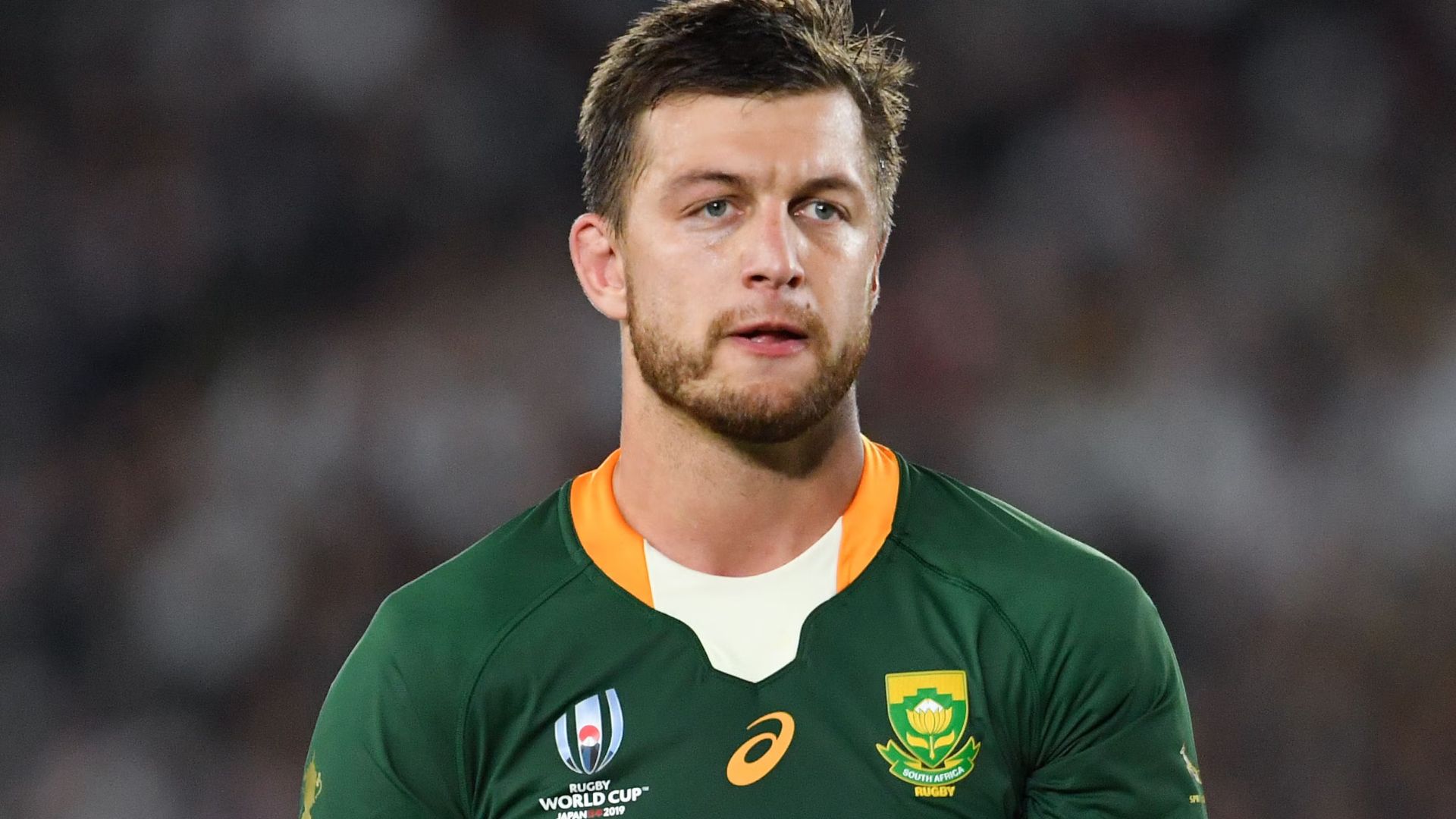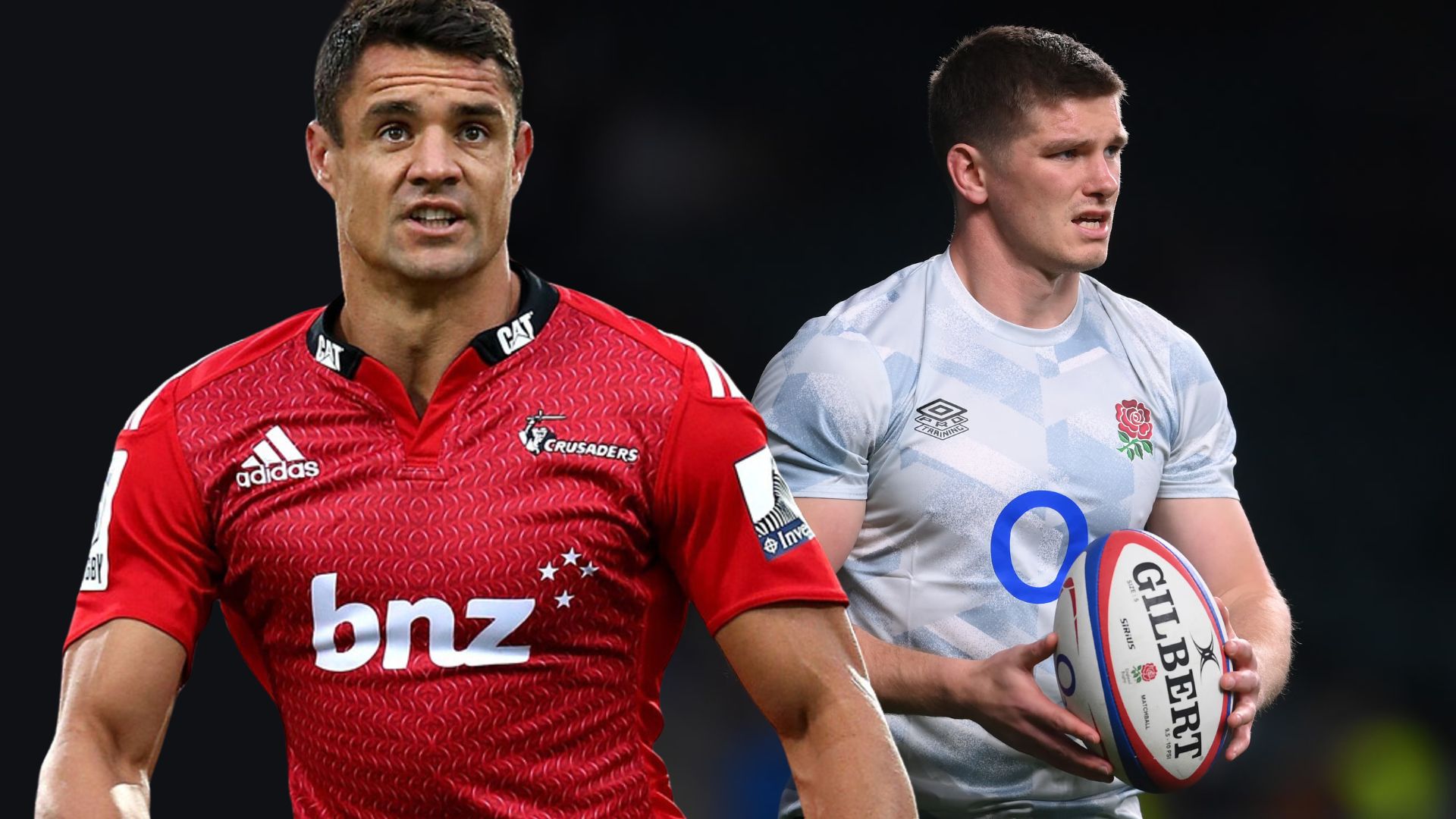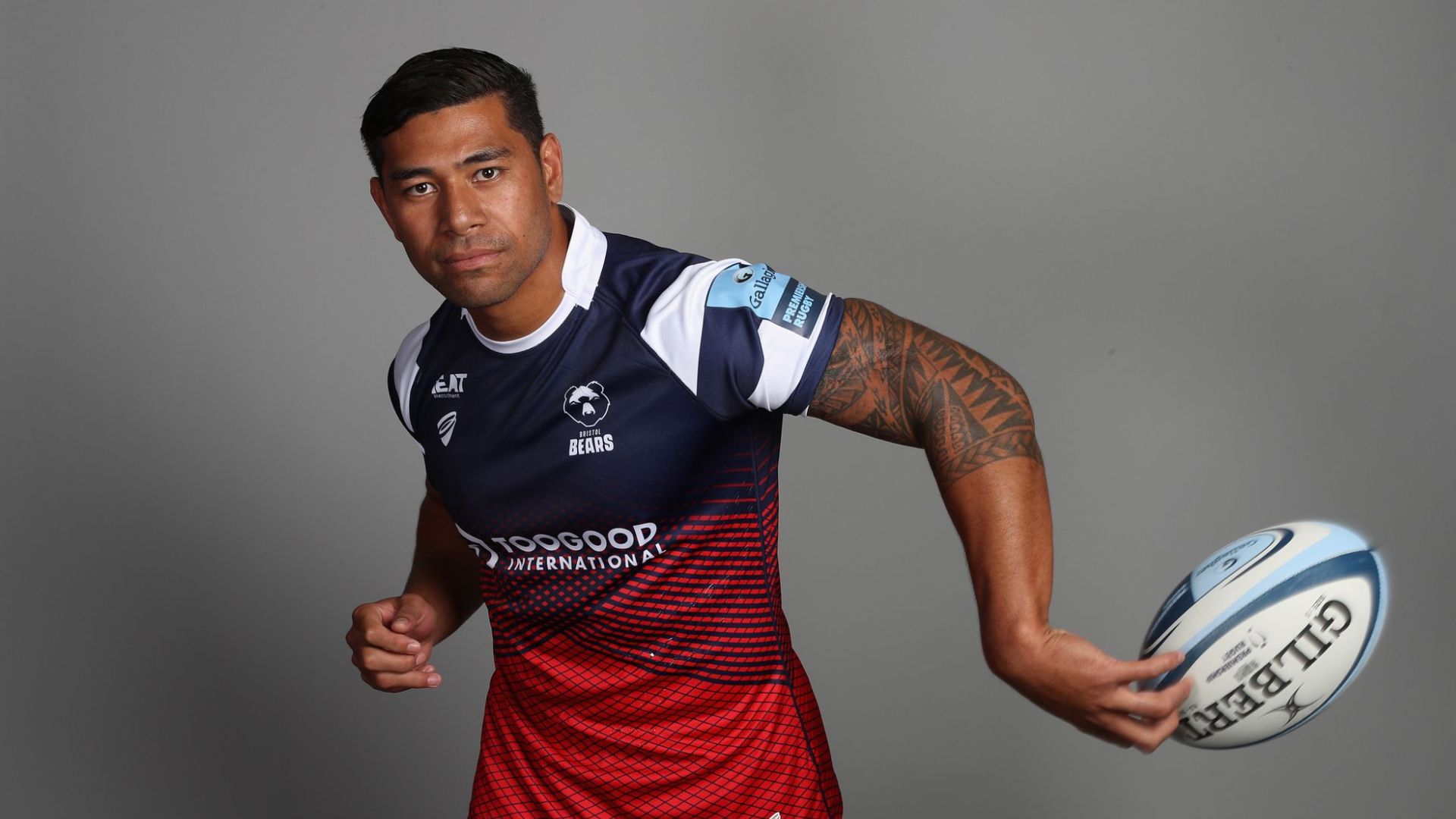Have you ever wondered who in the rugby world is making a lot of money?
Discovering the highest-paid rugby player will need us to go into the realm of rugby wages.
The Current King of Rugby Earnings
As of right now, Handré Pollard, a fly-half for South Africa, is the highest-paid rugby player.
This kid is not only winning the World Cup, but he’s also freakishly rich.
The transfer of Pollard to Montpellier in the Top 14 French league created a new standard for rugby pay.
According to reports, he makes about £1 million a year—that’s a big sum of money!

What Qualifies a Rugby Player for Gold-Level Pay?
You may be asking yourself, “How can a rugby player get paid so much money?” Well, it goes beyond only their ball-kicking prowess.
League and Competition Matter
The league a player participates in can have a big influence on their financial status.
Both the Top 14 in France and Premiership Rugby in England are known for their lavish expenditures.
Super Rugby down under? Not quite as generous, mate.
International Status is a Big Deal
Players like Dan Carter and Owen Farrell command big bucks partly because they’re national treasures.
International rugby earnings can seriously boost a player’s overall package.
World Rugby rankings can indirectly influence a player’s market value.

Endorsements: The Cherry on Top
Beauden Barrett and other rugby stars earn more money off the field than on it.
Sometimes an athlete’s income might treble thanks to sponsorships and endorsement arrangements.
From boots to energy drinks, these discounts are the icing on the financial cake.
How Do the Top Earners Stack Up?

Let’s compare some of the big names in rugby and their paychecks:
1. Handré Pollard: Around £1 million per year
2. Charles Piutau: Reportedly earning close to £1 million
3. Dan Carter: In his prime, he was raking in about £1.4 million annually
Remember, these figures often include club salaries, international match fees, and endorsements.
It’s not just about the base salary – smart rugby players are building their personal brands too.
The Evolution of Rugby Wallets
Rugby salaries have come a long way, baby!
Most players used to play for the love of the game and held day jobs.
The introduction of professionalism in 1995 changed everything.
Rugby players may now support themselves financially through the game.
Thanks to larger TV deals and increased attention from around the world, elite players are now making more money than ever.
What’s Next for Rugby Paychecks?
The future of rugby salaries looks interesting, to say the least.
We’re seeing more players chasing the big bucks in Japan and France.
Some leagues’ salary limitations may limit the incredible increase that has been observed.
However, given rugby’s growing popularity, it wouldn’t be shocking if we saw even larger contracts down the road.
Who knows? The next highest-paid rugby player might make today’s top earners look like they’re on pocket money!
Breaking Down the Biggest Rugby Contracts
Let’s take a closer look at what goes into these mega rugby contracts:
Base Salary
Rugby players’ primary source of revenue is this.
Elite players in the Premiership or Top 14 may earn between £300,000 and £900,000.
Performance Bonuses
Gaining victory bonuses, placing highly in tryouts, and winning tournaments can all significantly boost a player’s pay.
Base salary may rise as a result by 10%, 30%, or even more.
Image Rights
For the superstars of rugby, image rights can be a goldmine.
This allows clubs to use a player’s image for marketing, potentially worth hundreds of thousands extra.
International Match Fees
Playing for your country isn’t just about pride – it pays well too.
Top nations like England pay around £25,000 per match to their players.
The Role of Agents in Rugby Contracts

Behind every big rugby contract, there’s usually a savvy agent:
- Agents negotiate not just salaries, but also endorsements and post-career opportunities.
- They can influence transfer fees, which are becoming more common in rugby.
- A good agent can add zeros to a contract, making them invaluable to top players.
Rugby’s Salary Cap: Blessing or Curse?
Many rugby leagues have implemented salary caps to maintain competitive balance:
- Each side in the English Premiership is limited to £6.4 million.
- For this reason, English teams could struggle to compete with French teams for the greatest players.
- Some argue it keeps the sport sustainable, while others say it limits player earning potential.
The Global Rugby Marketplace
Rugby’s becoming increasingly global, affecting player salaries:
- Japanese clubs are offering short-term, high-value contracts to lure stars like Dan Carter.
- The USA’s Major League Rugby is growing, potentially offering new opportunities for players.
- The Rugby World Cup can significantly boost a player’s market value.
Life After Rugby: Planning for the Future
Smart rugby players are thinking beyond their playing days:
- Many are investing their earnings in businesses or property.
- Transition programs are helping players prepare for life after rugby.
- Some, like Charles Piutau, cite financial security for their families as a major factor in contract decisions.
The Impact of COVID-19 on Rugby Salaries
The pandemic has shaken up the rugby salary landscape:
– Many players took pay cuts to help their clubs survive.
– The long-term economic impact may affect future contract negotiations.
– It’s highlighted the importance of financial planning for players.
Conclusion: The Changing Face of Rugby Earnings
It’s evident that being the highest-paid rugby player involves more than just doing well on the field. It involves a nuanced blend of marketability, skill, and astute career choices.
Although Handré Pollard may be the current leader, rugby finance is a dynamic field.
Who knows? Given how popular sports are becoming all across the world, an unexpected quarter may produce the next greatest earner.
Rugby has evolved into more than just a sport for the best players, that much is certain. With significant money on the line, this is a serious business.